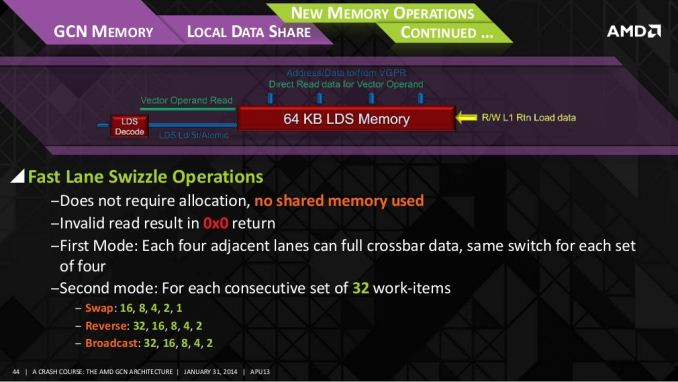The technology is interesting. But if performance and perf/$ are major concerns, it's not the obvious slam-dunk the AMD claimed it would be.
Yet aside from speculation you have absolutely no idea of the HBM's cost and how it compares to GDDR5, making your "perf/$" theory based on one big "if".
You can theorize all you want about how you think HBM is 5x or 10x more expensive per/GB than GDDR5 and you can still be very, very wrong.
For all factors that we can actually measure (performance, PCB footprint, power efficiency),
HBM is a slam-dunk.
The problem about Fiji is that everything else isn't.
Fiji seems to be just a 2*Tonga with HBM and little else, and Tonga is a 10 month-old GPU.
I personally found the Fury X reviews boring as hell. There were no architectural enhancements over last year's GPUs at all.
I was hoping for an outrageous boost in geometry performance, an updated VCE with HEVC encoding at 4k60FPS for the ultimate streaming machine, HDMI 2.0, a substantial revision to GCN after 3.5 years, or whatever.
Instead, it's really just 2*Tonga, so everything that was new then is now old, and HBM was so hyped and detailed beforehand that we already knew almost everything about it.
All of this makes me look at the Fury X as a card that was simply delayed too much.
It should have never been released after the Titan X, much less the 980 Ti.
Had this card been available in time for Christmas 2014 and it'd have been a blast.
Plus, by now OEMs would've gained enough experience with the cards and would've released outrageously-clocked versions with unlocked voltages.
Instead, the 980 Ti cards are the ones gaining that upper hand, with little to no extra cost, making the choice between the competitors a rather easy one.


